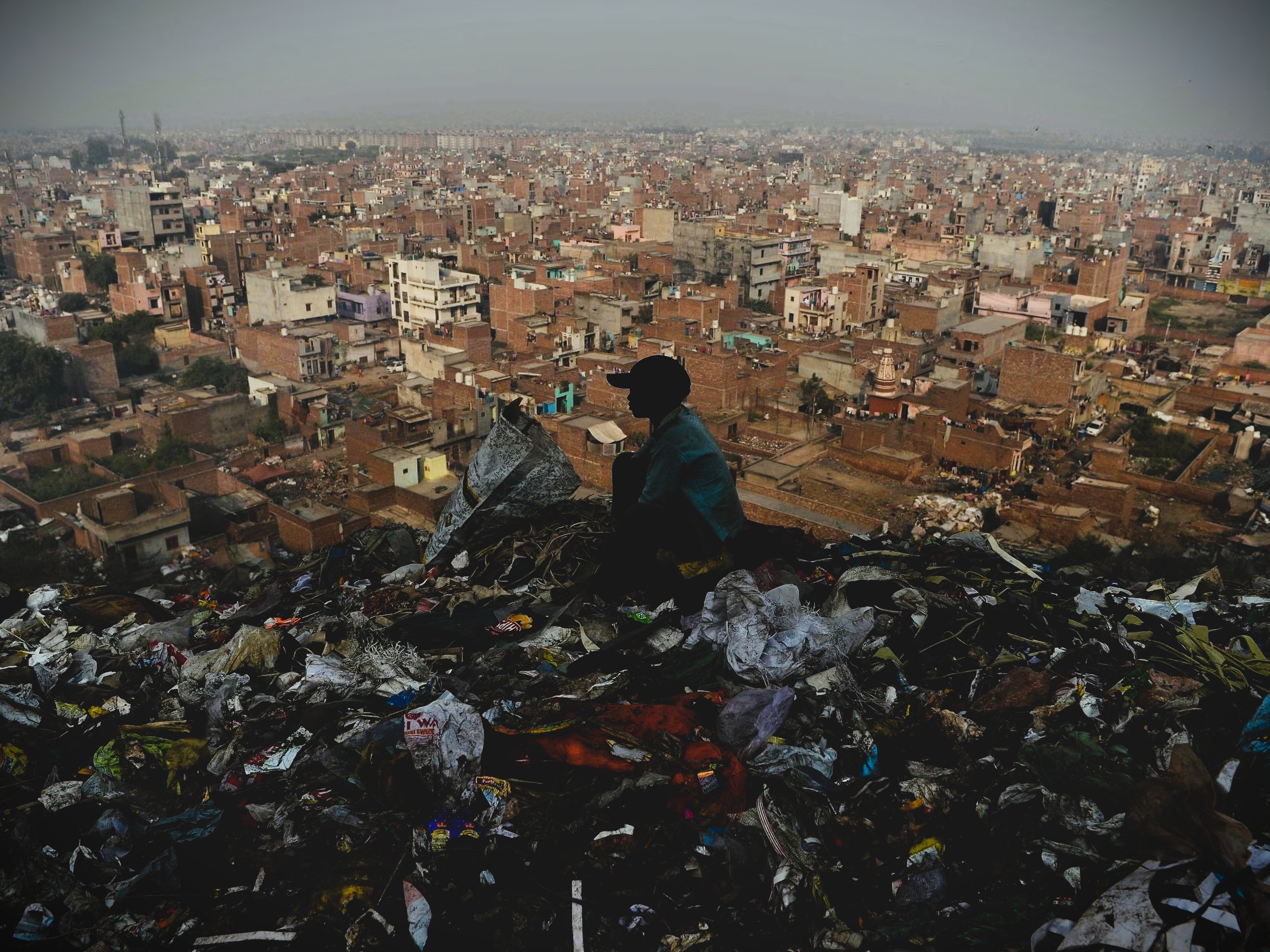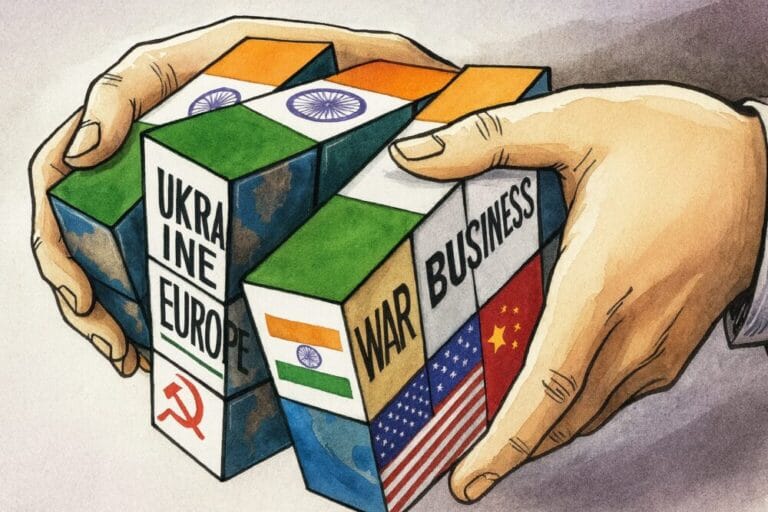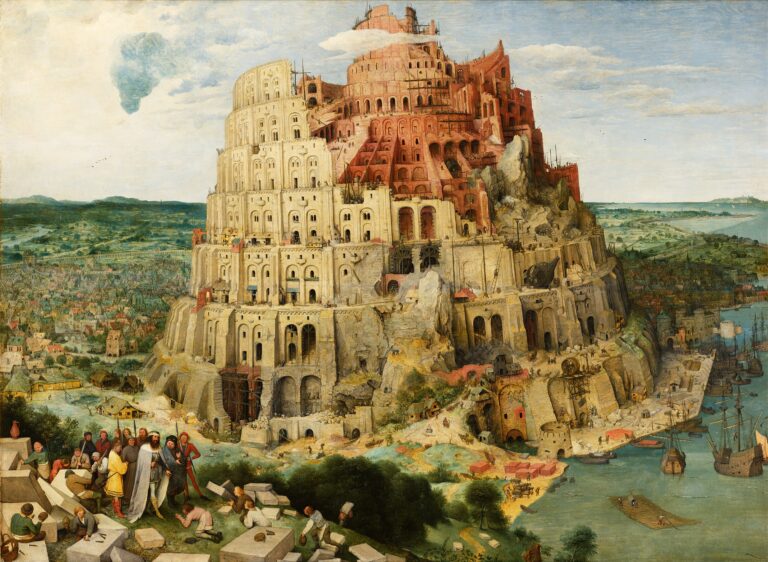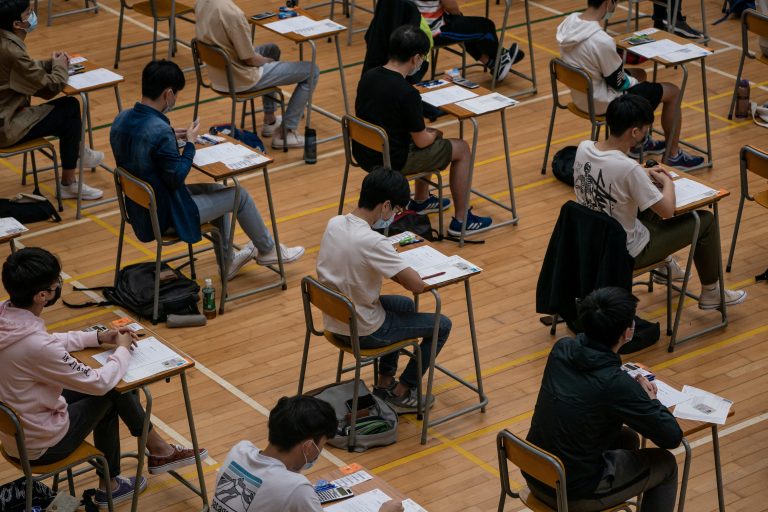The ruling dispensation in India has numerous times iterated that it hopes to become the third largest economy in the world. Yes, these numerical data points are great for promoting in New York or London. However, does it lift the majority of Indians out of poverty? Provide better healthcare? Better education? Social security nets? Greater participation of women in the work force? For these, there are no set targets; the existence of poverty in actuality is what politicians aspire to; if they let others grow, they may have to cede power from their tiny sphere to the vast majority of talented individuals who are being deprived of their talent being accepted.
The powerful in India want it to remain poor—what better proof is there than the first budget of Mr. Modi’s third term in office.
The progress of India since its independence is well touted, but should Indians really be proud of India?
A basic indicator to start off would be GDP per capita. The only viable country to compare would be China, as they share a similar population, and both got their current form of government during the same time period. During the year 1988, China and India shared around the same GDP per capita of $300. And during the fiscal year 2023, the GDP per capita of China is a whopping $12,500, and India lags behind with just $2,300. In percentage terms, China has had an increase of 4067%. The people in China are significantly better off compared to India; that may be the reason why we do not picture slums when we think of China, but this occurrence does come up when thinking of India.
Who else’s fault could it be? For most of the issues, Indians blame Pakistan. Did they have a hand in India keeping is people poor. Only the armchair intellectuals who are confined to falsified perception may have a constructive answer to this predicament.
Indian policymakers, mainly the hesitant bureaucrats, are proud of their fiscal policy; are the foreign investors satisfied to put their penny? Foreign direct investment in India was $83.6 billion in 2023; how about in China? Yes, of course, it is way higher—it is, in fact, double—$189.13 billion.
Oh yes, I forgot, the people outside India are anti-India. These western countries, which have an imperialist agenda with a colonialist past and mindset, are not the ones to dictate to us how to operate in the domestic business environment. We rather aspire to have a few families dominating each industry rather than MNCs run under prudent corporate governance—on the basis of meritocracy, not familial allegiance.
Indians trust themselves; they ought to. What are the domestic consumption levels? It is not good to compare with China since they have different economies. However, the data also exemplifies the purchasing power of the consumer. So why not?
The total consumption expenditure of India is $2.5 trillion, while China’s is $9 trillion. The higher aggregate consumption expenditure of China signals a more affluent and urbanized population, whereas it is totally the opposite for India.
Living in urban pockets implies prosperity, opportunities, amenities, infrastructure, and comfort. All in all, there is a better overall standard of living compared to rural areas.
You know where I am heading. Yes, another data point.
The urban population comprises 64% of China’s overall population, compared to just a meager 35% in India.
Forget about investment in high-end technology like semiconductors; more than half of the Indian population does not have a healthy diet or enough nutritional intake; the rural inhabitants lack toilets, clean water, and employment opportunities; and yes, thank you, Mr. Ambani, they had to be exposed to the detriments of the internet. Without getting vital education, forget tertiary, not even a proper elementary education. While all can see your child getting married, yes, they do deserve to suffer in the so-called “Mother of Democracy.”
The current noise in the town is, “APPLE IS IN INDIA!”
Truth be told, India is assembling iPhones, not manufacturing them. It does not have the parts to make these gadgets. India is just the penultimate part of the entire supply chain. Where do these parts come from? Oh yes, still China.
Oh, and yes, India has a trade deficit with China—a huge amount of $81 billion in deficit.
Okay, even if, after great government effort, India finally has the parts to assemble these cell phones, does it have the capable minds to do it?
India lacks skilled labor. It is so terrible that firms in India have to retrain the employees they have hired; they have to do what the government is supposed to.
Give people skills, skills, and skills.
Not the usual tantrum: “The reason for your current states is due to the treatment by the Mughals, British, Muslims, and Christians.”. This has to stop. Deliberations must be about the future not the past.
The prevalence of such a bigoted view of history only illustrates the number of uneducated people in the country.
Seven decades have passed; it seems like the people have decided that they are destined to remain poor and have accepted having only a select few with all the riches.
India is far from where it seeks to be; it seems it is too late; poverty will only increase, not dwindle.
The sad truth is that India is reluctant to be prosperous and has ultimately embraced poverty.






